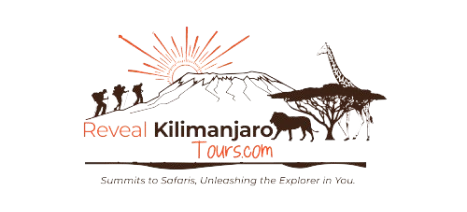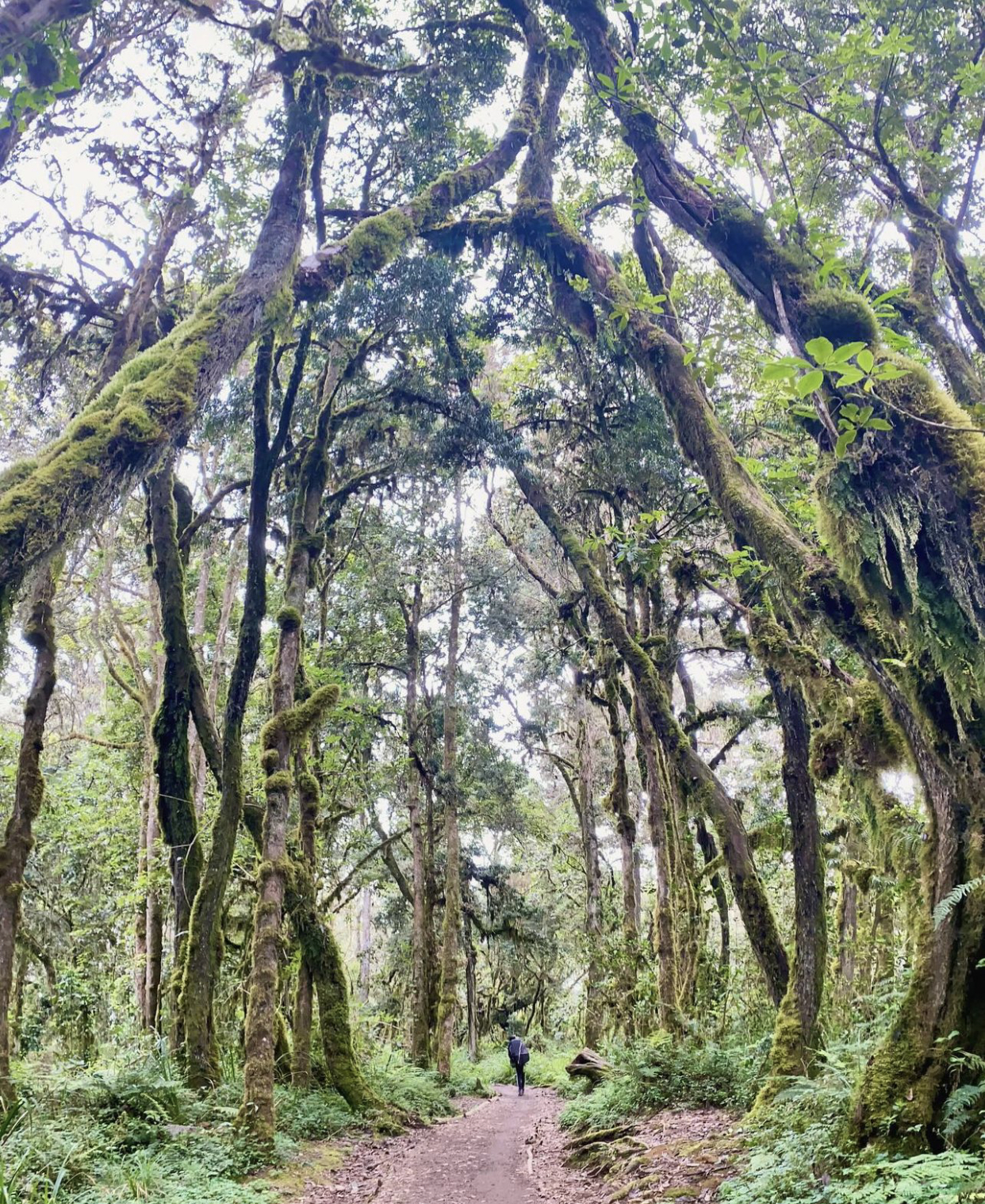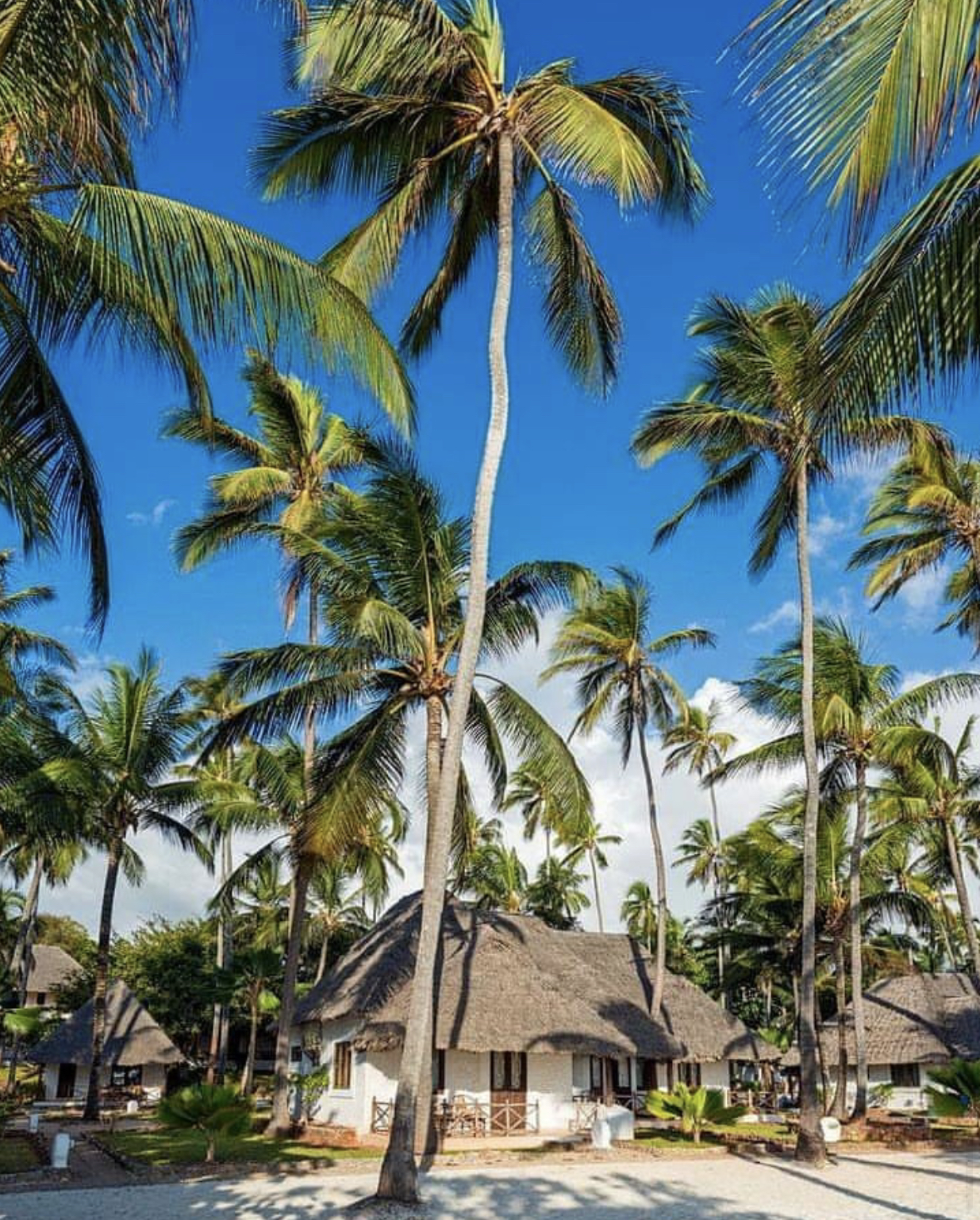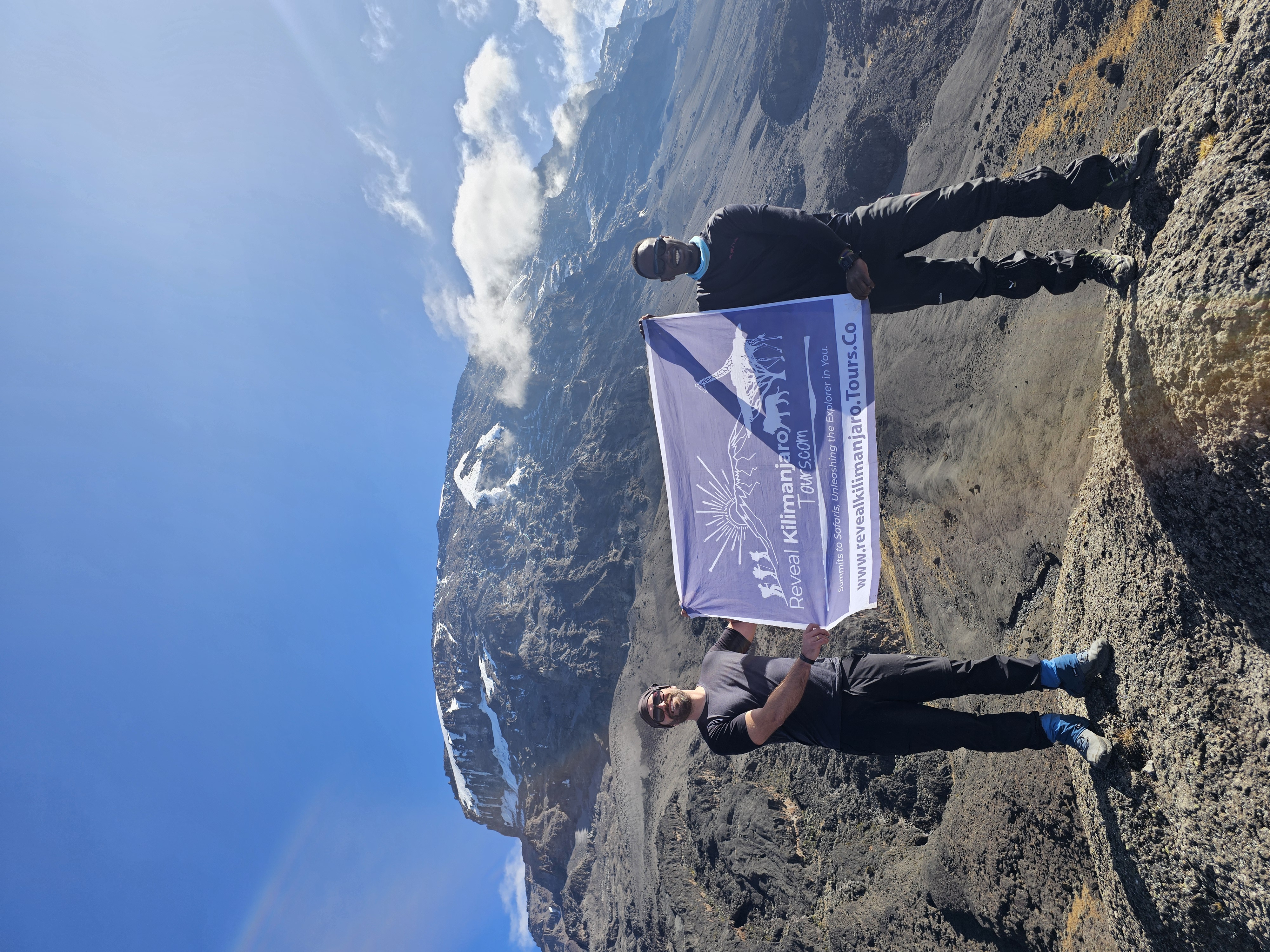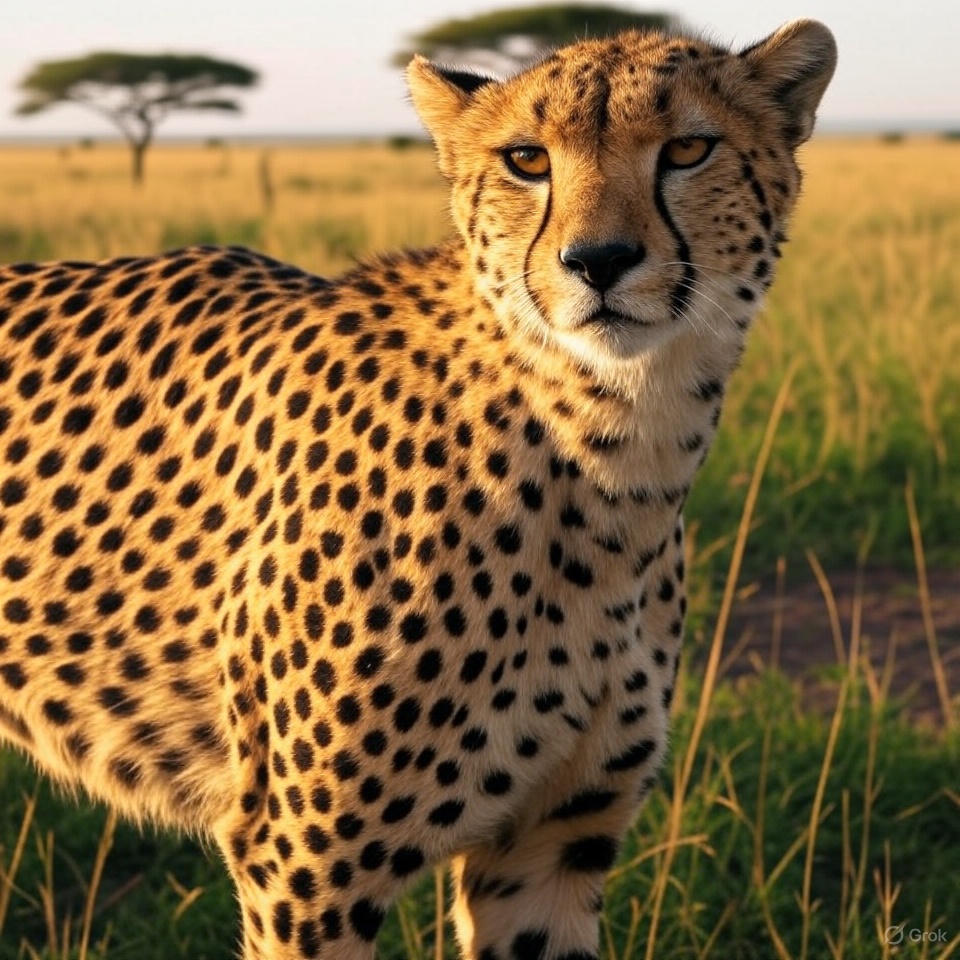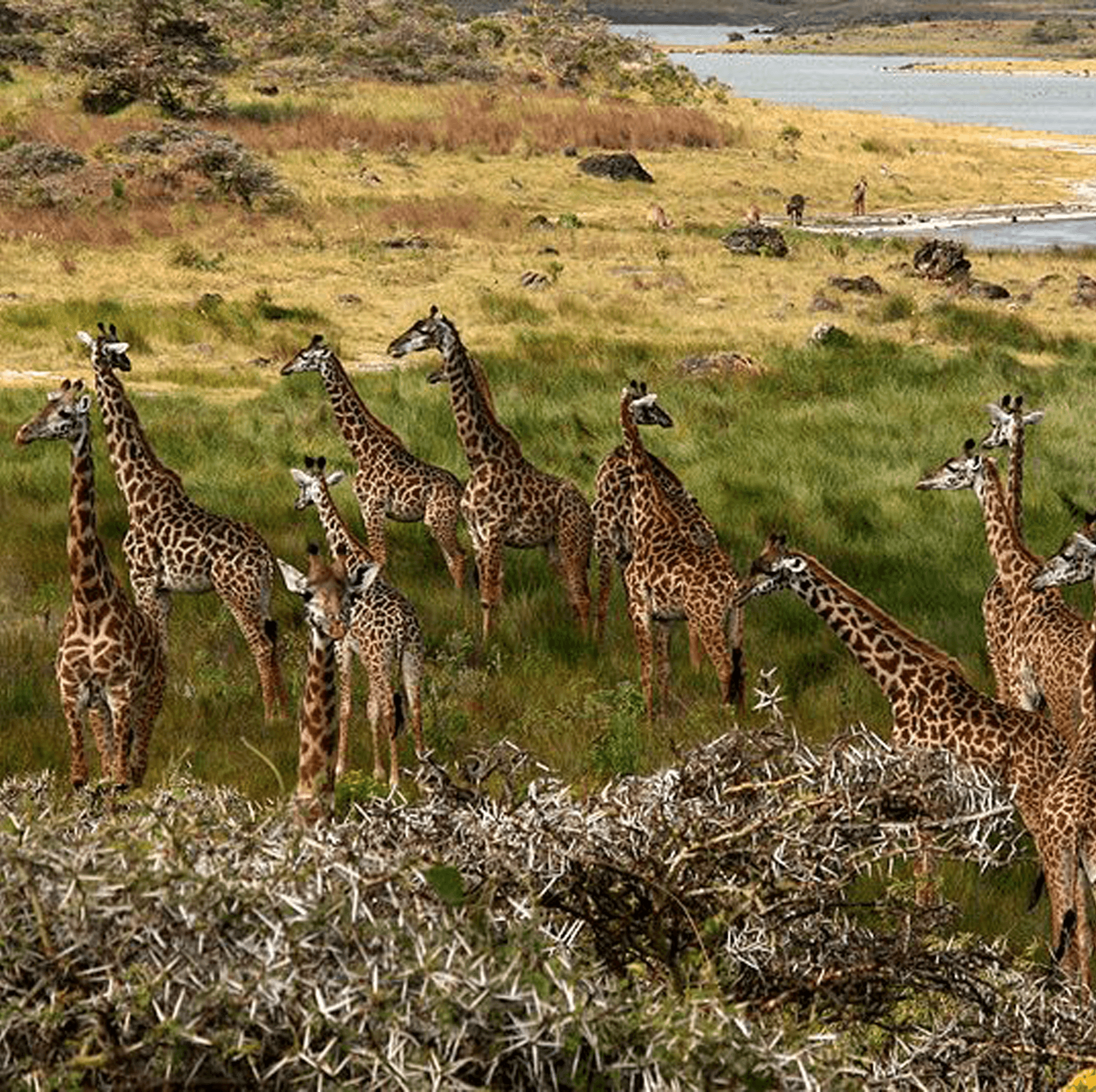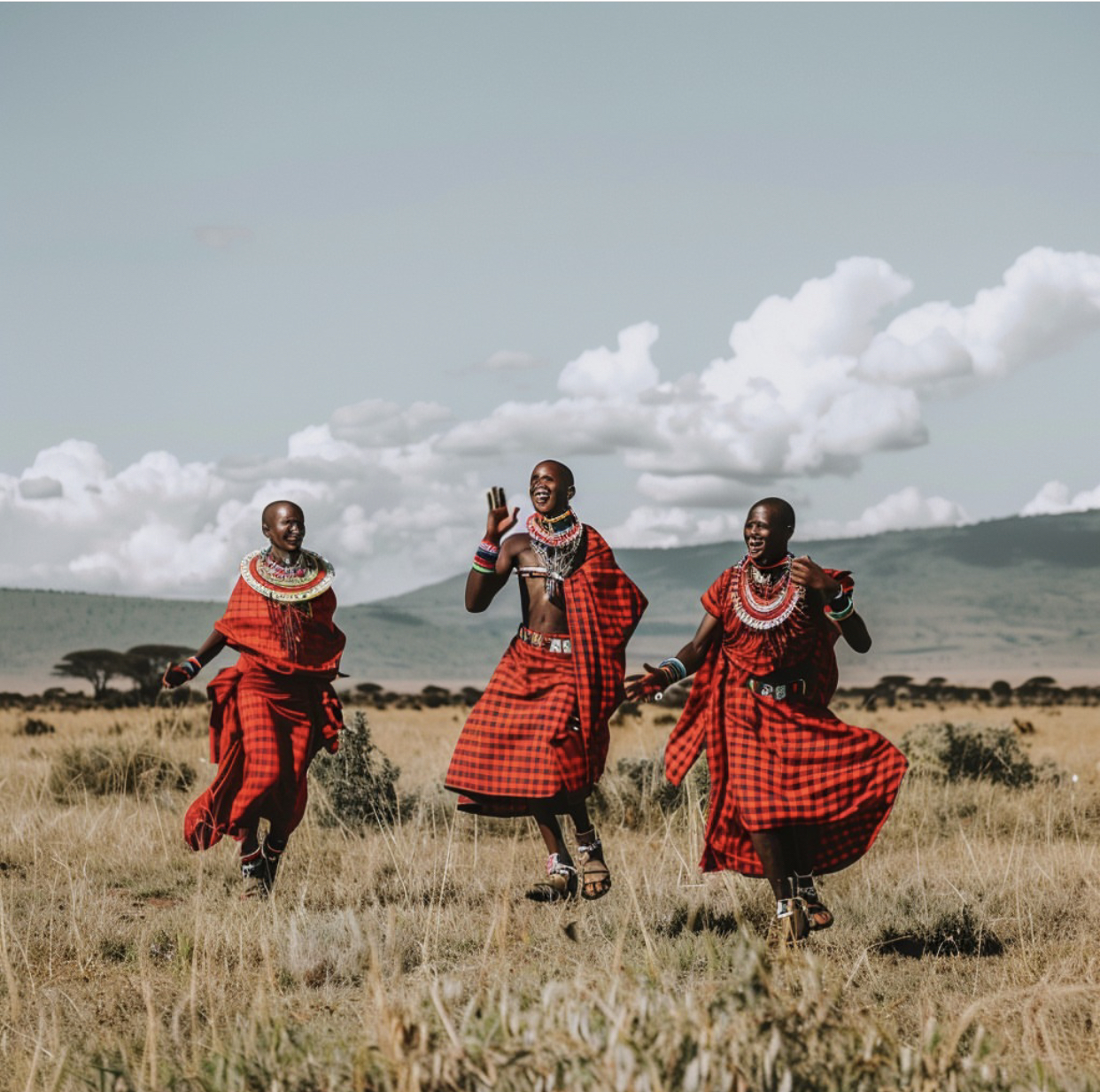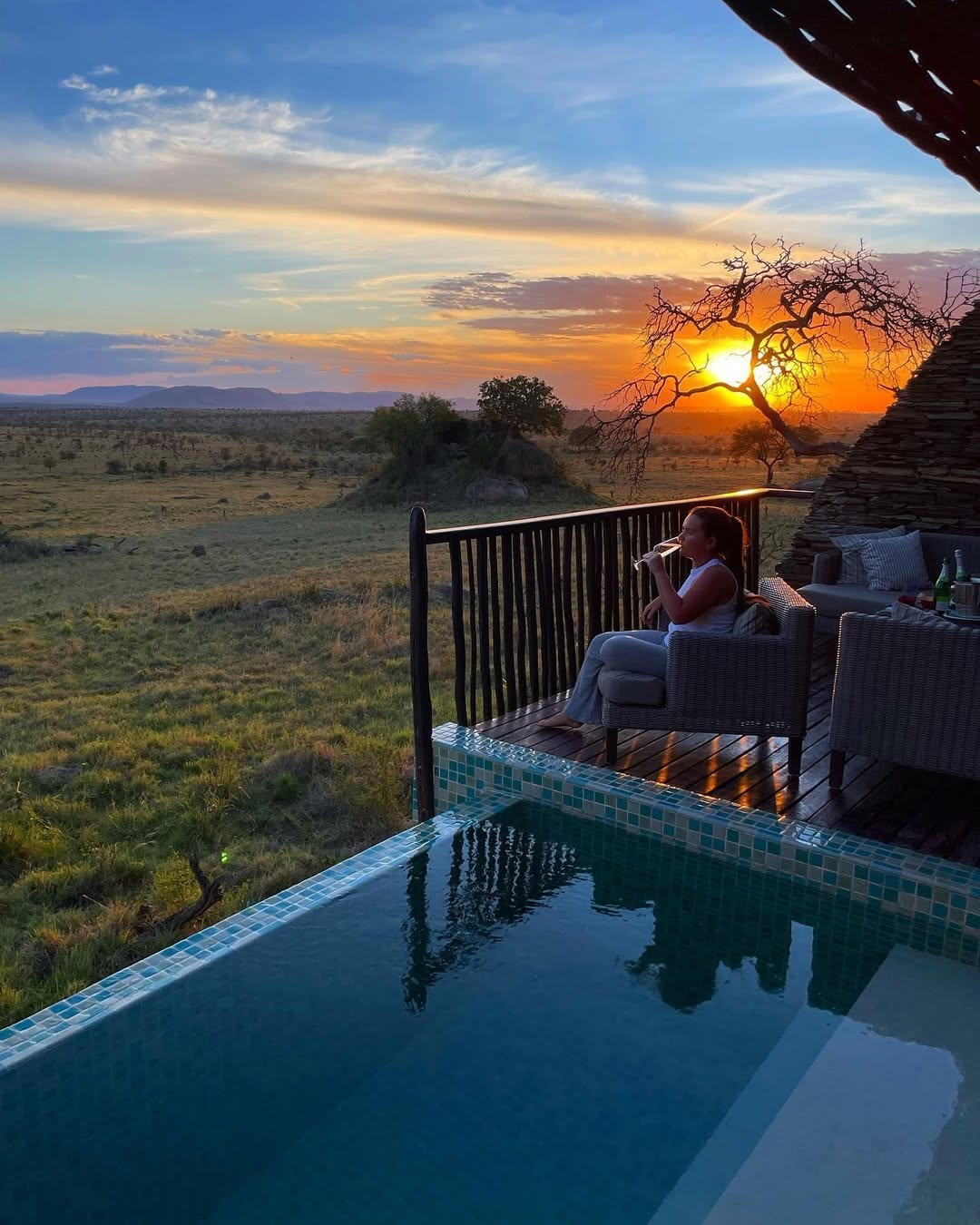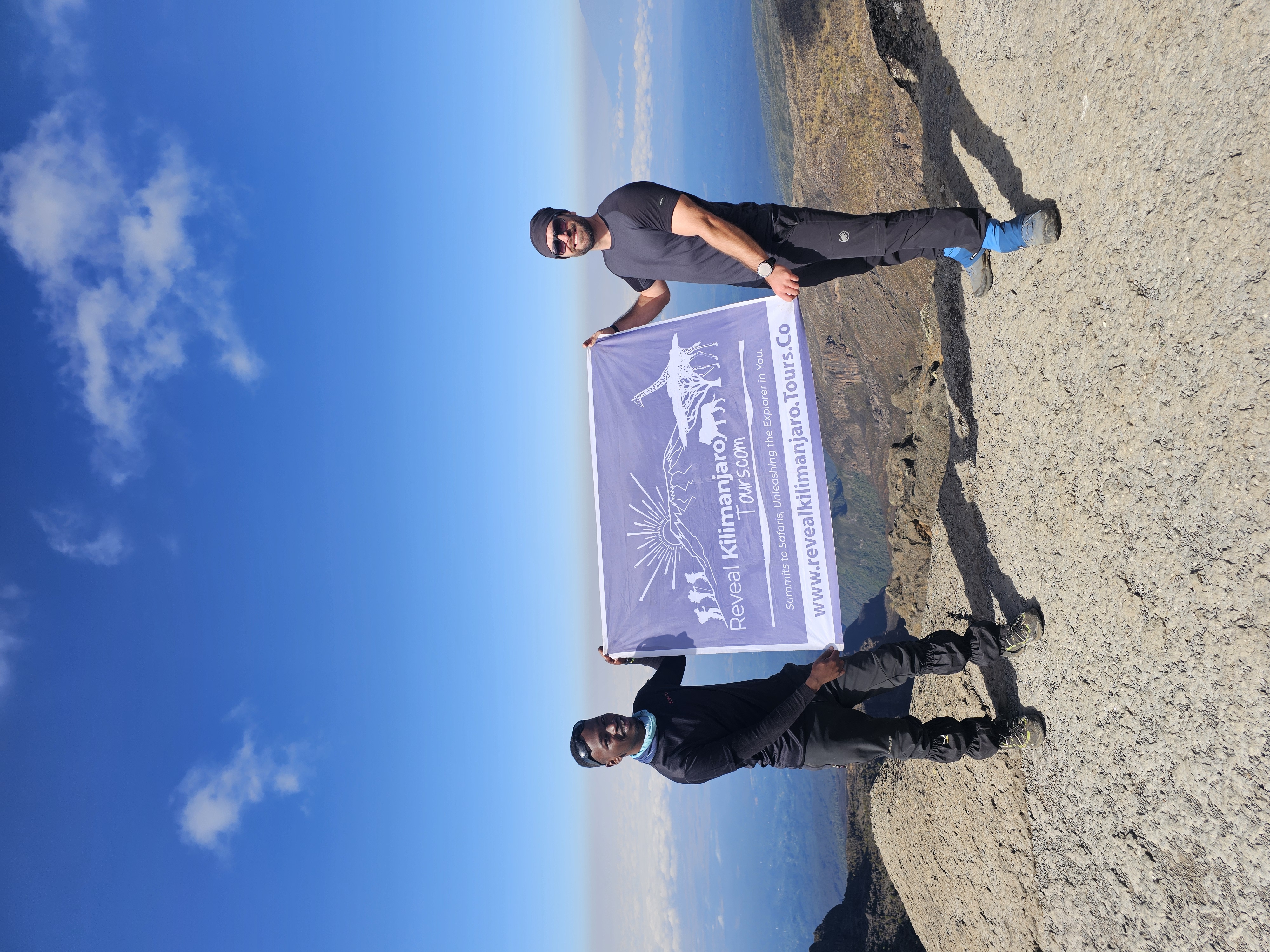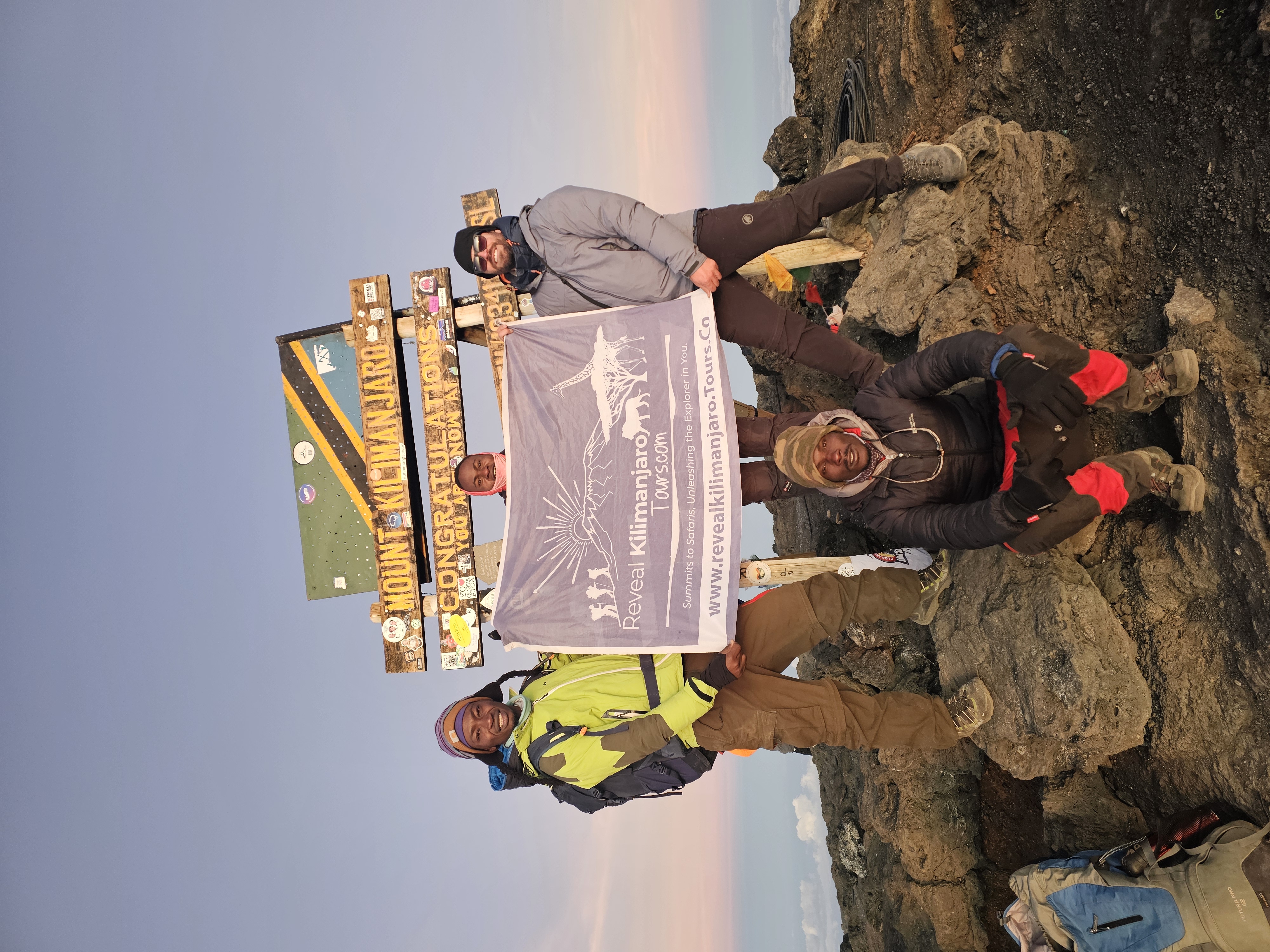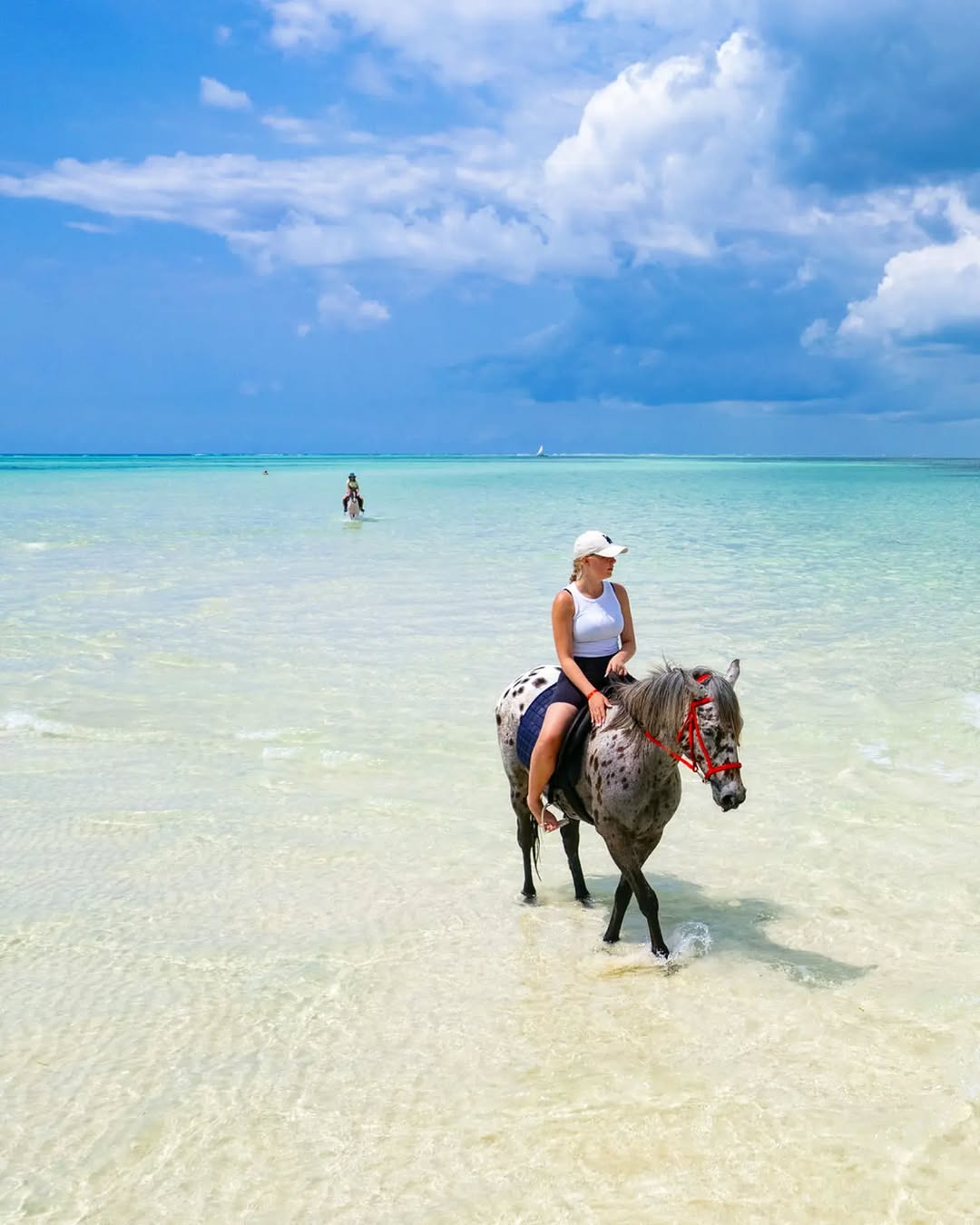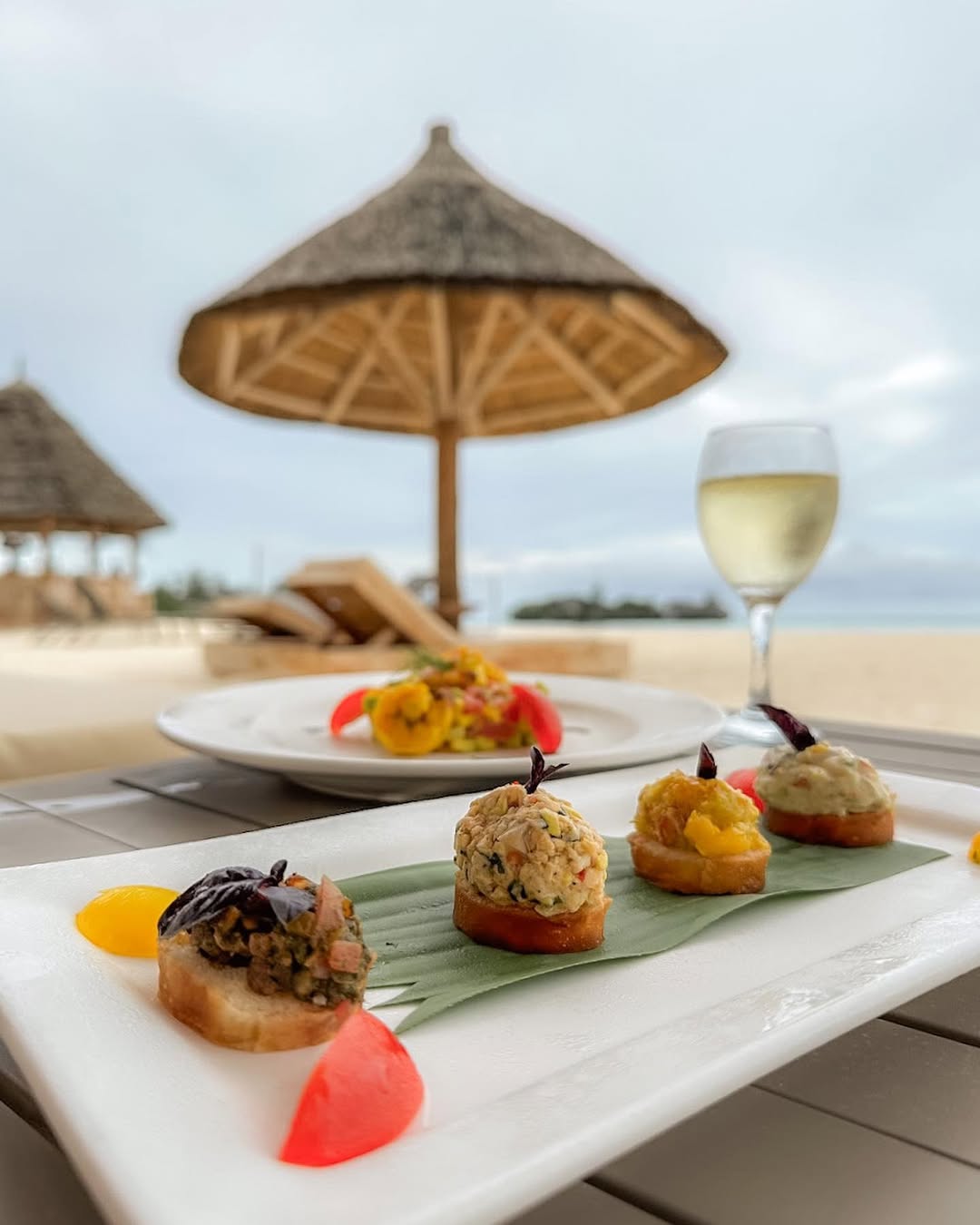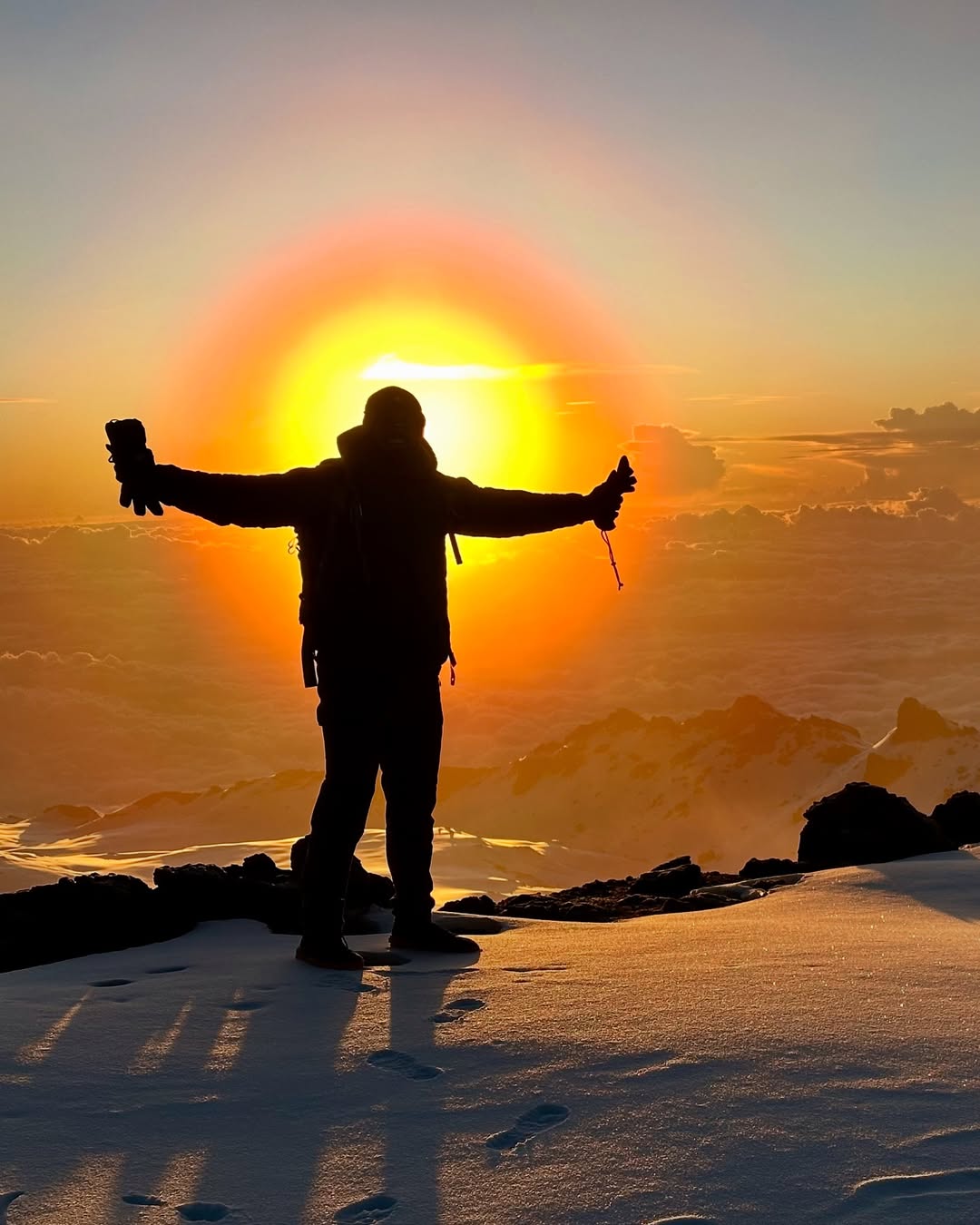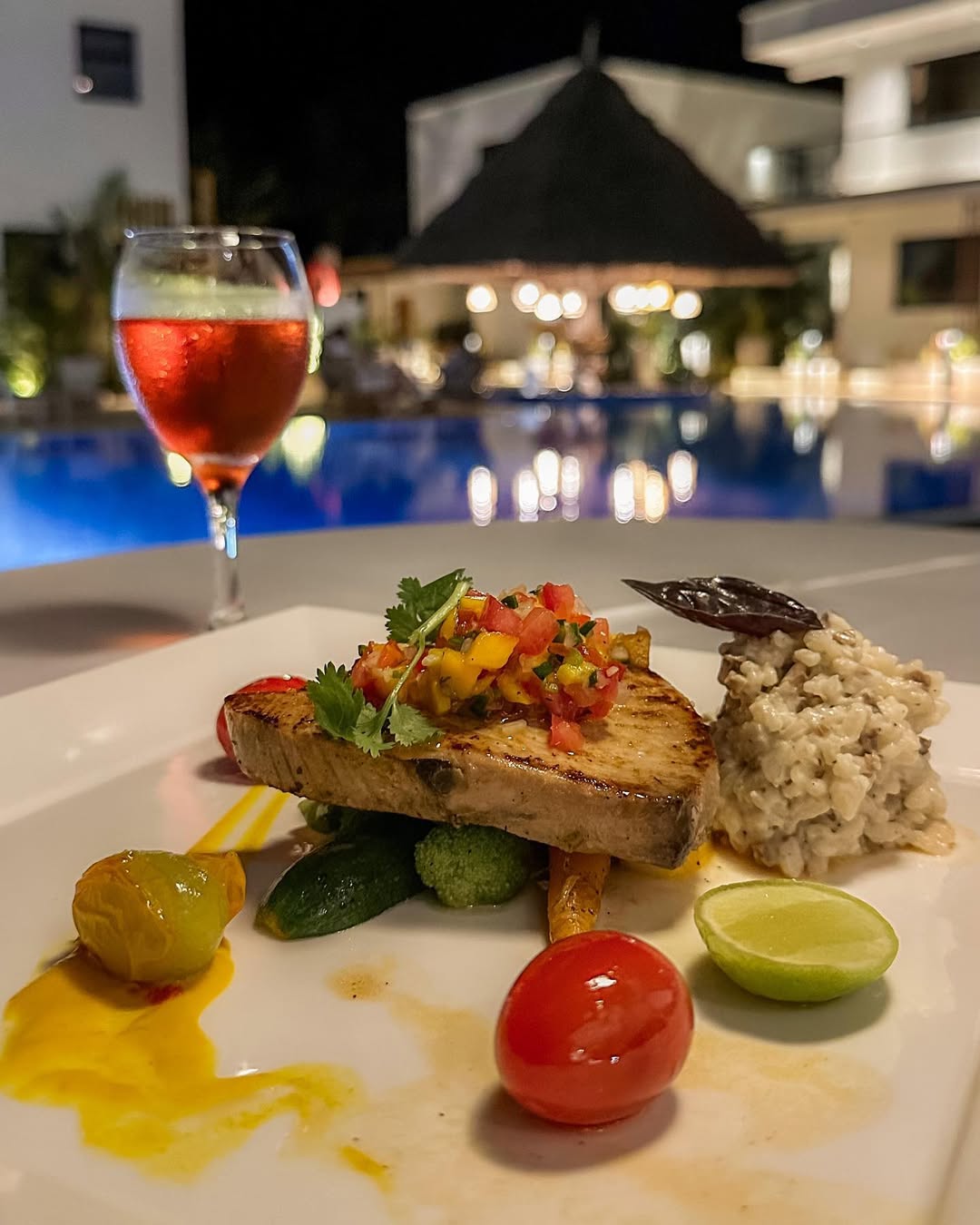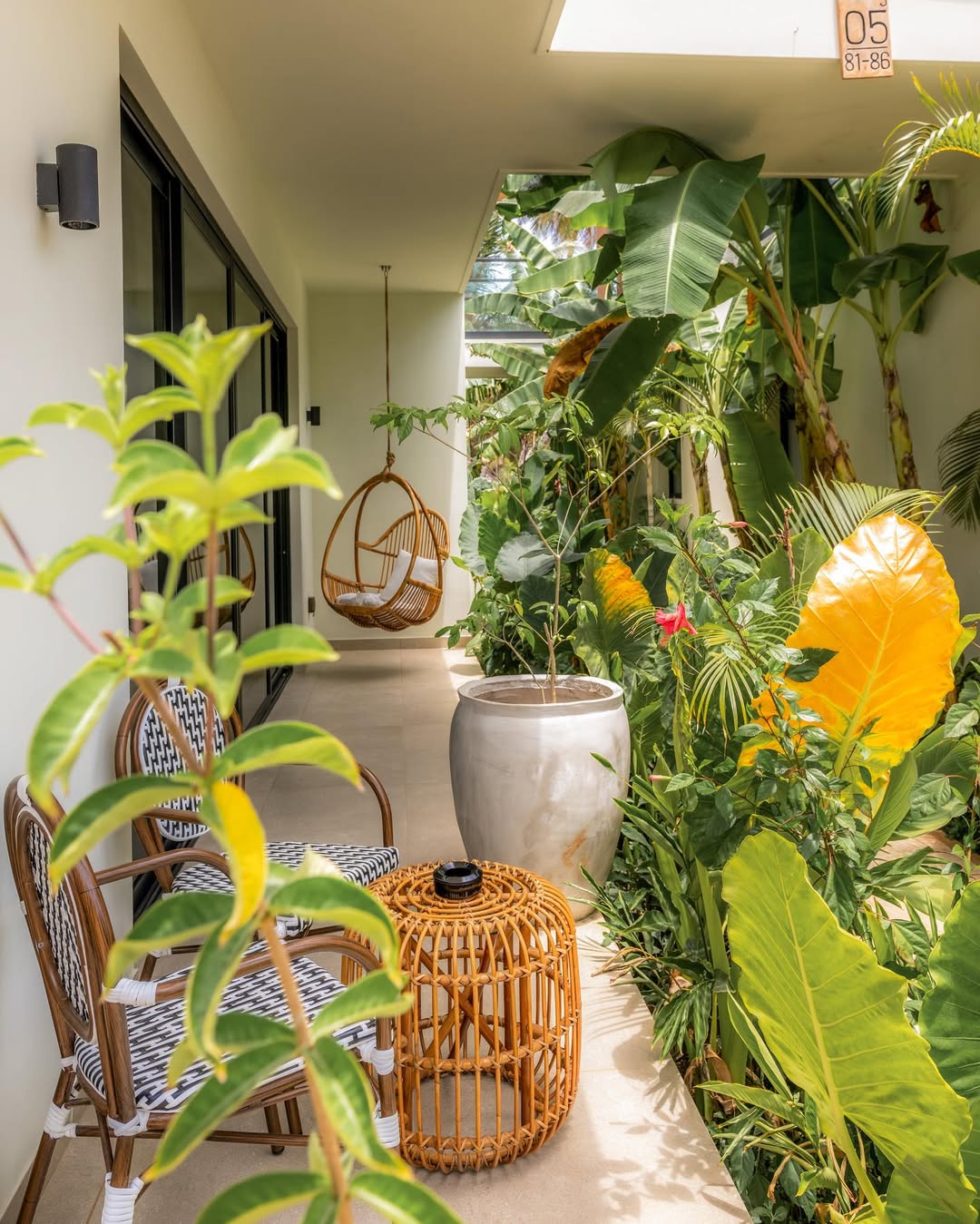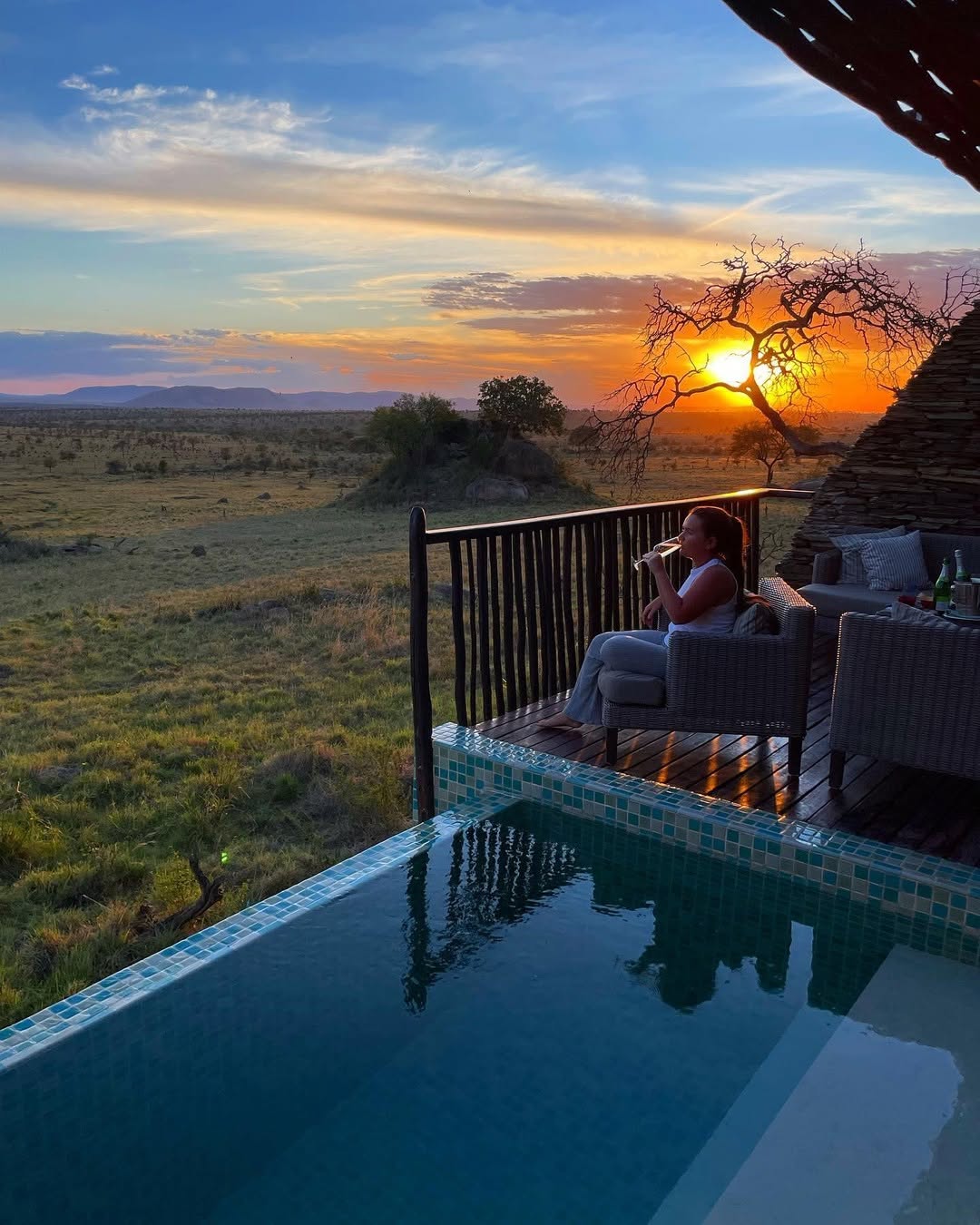Summit to Safaris
Unleashing the Explorer in You
REVEAL KILIMANJARO TOURS , TANZANIA
Jambo, Welcome to Tanzania Discover a new standard of travel with our ethical adventure tours. At Reveal Kilimanjaro Tours, we redefine the journey, prioritising your comfort and local communities' well-being. Our team of experienced travel consultants ensures that every aspect of your adventure is seamlessly organized, freeing you to immerse yourself in unforgettable experiences.
“Experience the summit of Kilimanjaro”
About Mount Kilimanjaro
Mount Kilimanjaro, Africa's highest peak and the world's tallest free-standing mountain, lies within Tanzania's Kilimanjaro National Park, offering a challenging week-long trek through varied ecosystems. The climb begins in acacia forests with vibrant bird calls, transitions to a drier zone with sparse vegetation like groundsels and lobelias, crosses the expansive Shira Plateau with stunning cloud views, and culminates in an arctic summit zone with icy air. Climbers can choose from multiple routes, each with unique pros and cons, requiring thorough research to match personal preferences. The choice of route is highly individual, as climbers seek diverse experiences, making it difficult to pinpoint a single "best" route..
WHY CHOOSE REVEALKILIMANJARO
A Local Tanzania Tour Operator
With Reveal Kilimanjaro Tour remember that you will be booking with a local, Tanzanian, Kilimanjaro Outfitter, owned and managed by Tanzanians, passionate about what we do and experts on beautiful Tanzania. We are based in Arusha, Tanzania’s tourist capital. From the moment you start your enquiry until we wave you goodbye at the airport, you have direct contact with us
The Best Mountain Guides
We have the best guides in the country, our expert guides are specialized in Mountain and Safari tours with native and foreign tourists, fully qualified with several years of experience, and with incredible knowledge and love for the places you will visit. As well as delicious food and best mountain equipment
Porters Welfare
TMount Kilimanjaro porters, mostly local men aged 18-40, assist tourists by carrying gear and are supported by the Kilimanjaro Porters Assistance Project (KPAP), ensuring fair pay, proper equipment, adequate food, accommodation, and fair tip distribution. Compliance with KPAP guidelines guarantees excellent working conditions, attracting top porters..
Join us on a journey where every step is a testament to responsible tourism, and every moment is infused with the spirit of adventure
If you’re To initiate the planning of your tour with us, you can craft a bespoke itinerary from the ground up or personalise one of our recommended itineraries. Whether your journey spans a short getaway or an extended expedition, our local team will meticulously design a one-of-a-kind itinerary perfectly aligned with your desires. Whether you seek to uncover scenic vistas or pursue the thrill of reaching new heights, rest assured they will bring your dreams to life
So why wait? Contact us today, and let us help you plan the trip of a lifetime!
